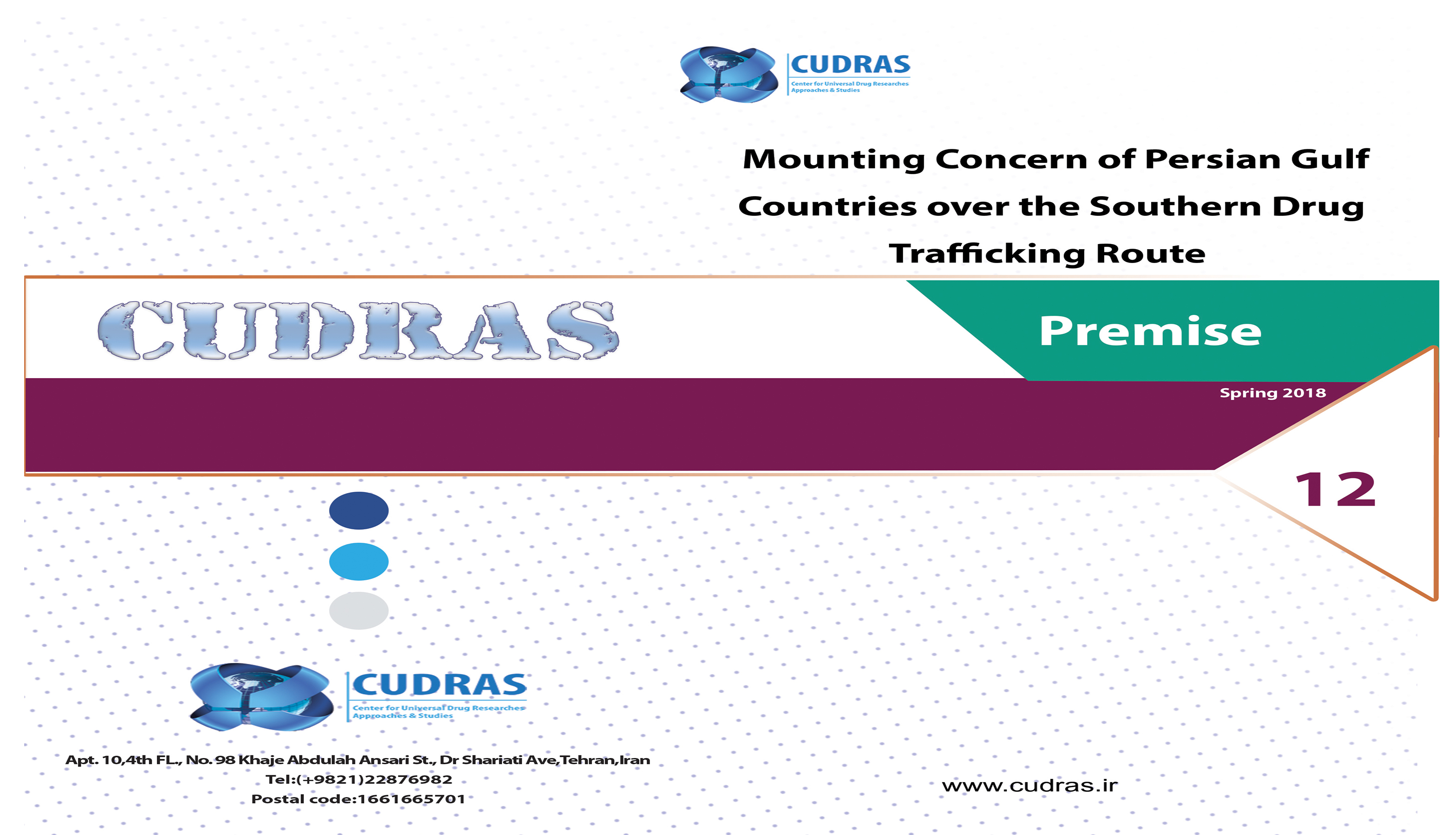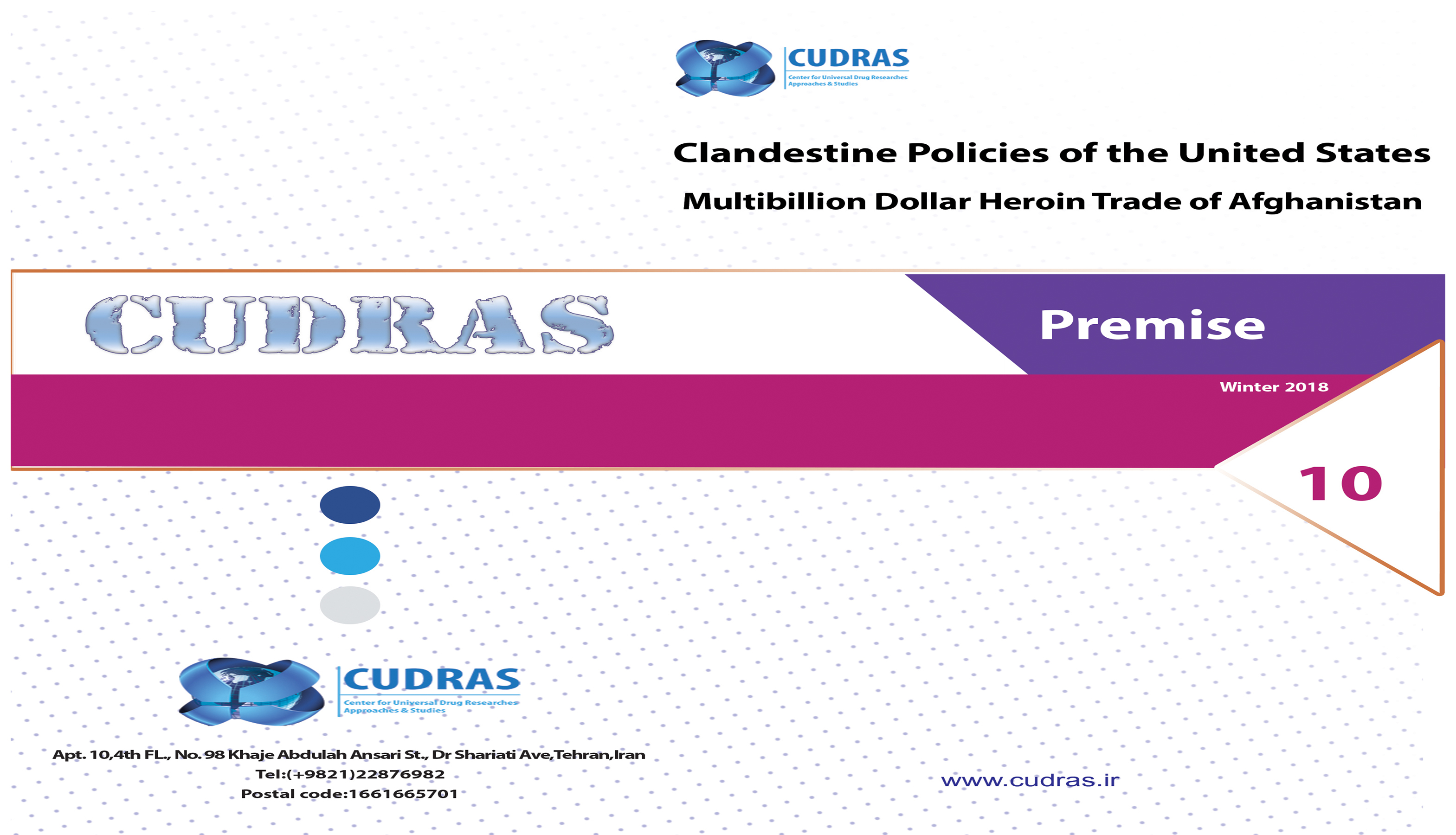Authors: Farangiss Bayat
Hamid Zarei
Translated into English By: Majid Alaee
The Western Asian country, Afghanistan as the biggest opium poppy cultivation area in the world has constantly been a cause of grave concern for regional and international authorities. The crisis of illicit drug in the region varies from production, to trafficking and consumption has seriously rendered the region unstable and given a cause for the existence of narcoterrorism and at the same time underpinned what terrorists’ groups are doing. Narcoterrorism poses a major threat to the social-political structures of the regional countries. The scope of influence is not just limited to Afghanistan, the Central Asia in general and Russia in particular are engaged and affected by the upward trend of poppy cultivation and the crisis of Heroin trafficking. Having approximately 9 million drug-dependent and considering its worrying social harms, Russia is seriously threatened on a national level regarding heroin trafficking through the northern route especially after the withdrawal of ISAF forces.
The rise of drug-related threats has created a common concern for the countries of the region. In the Eurasian region, Russia and China are both categorized as proponents of “Prohibitionist” framework. The two countries’ attitudes and positioning towards the crisis of Afghanistan illicit drug suggest how serious the threat of drug problem is in their countries. The crisis has made a direct threat against the national security of Russia on the one hand and had the same effect on the security of China on a different level.
The writing is in fact a study of the policies adopted by two giant Eurasian powers towards the Afghanistan situation. It comprises two papers. The first one focuses on the Russian policies towards and in Afghanistan, the strategic situation of drug and the reason behind why it forms a threat to the security of Moscow. The second one highlights China’s future policies towards Post-2014 Afghanistan. The study of China’s economical policies, the effect of China’s economical growth on the rise of precursor chemicals and synthetic drugs, the situation of determinant western borders of the country in particular and the extension of China’s influence in the Eurasian axis in general comprises the backbone of this writing.
 Cudras
Cudras







Do you have any type of tips for writing
short articles? That’s where I constantly struggle as well as I just finish
up looking vacant screen for lengthy time.